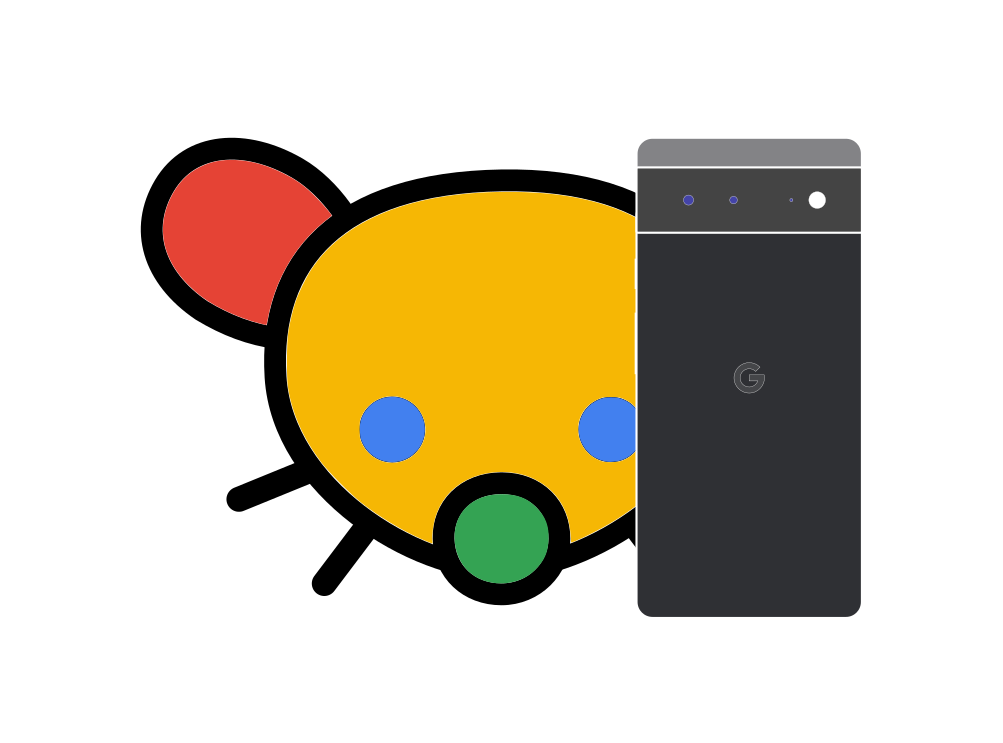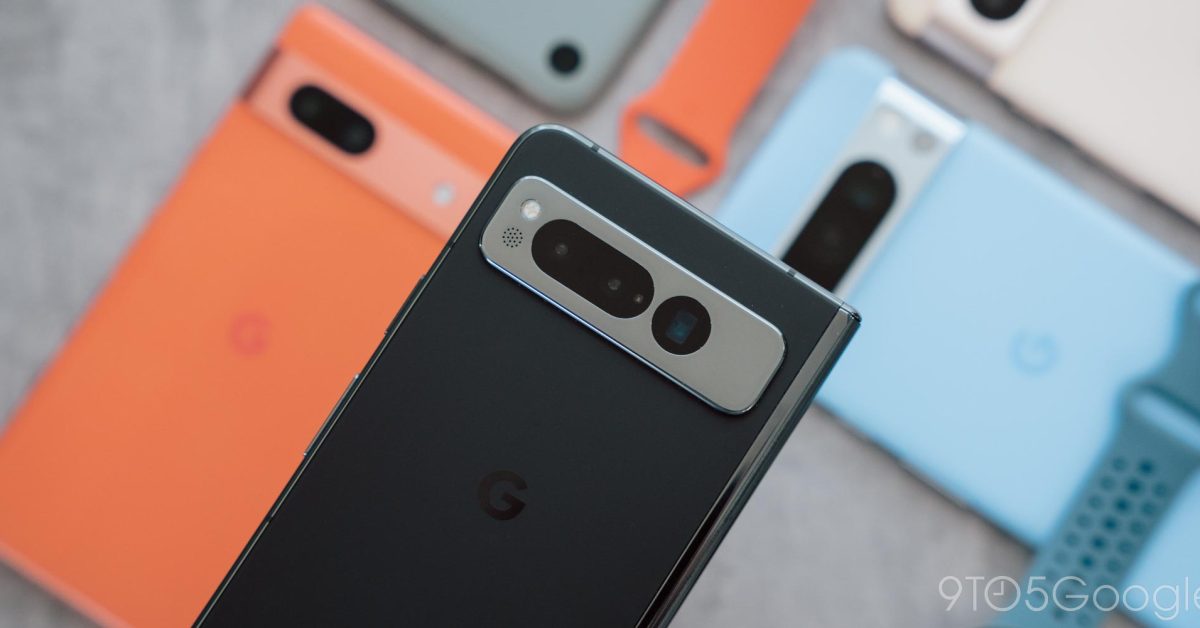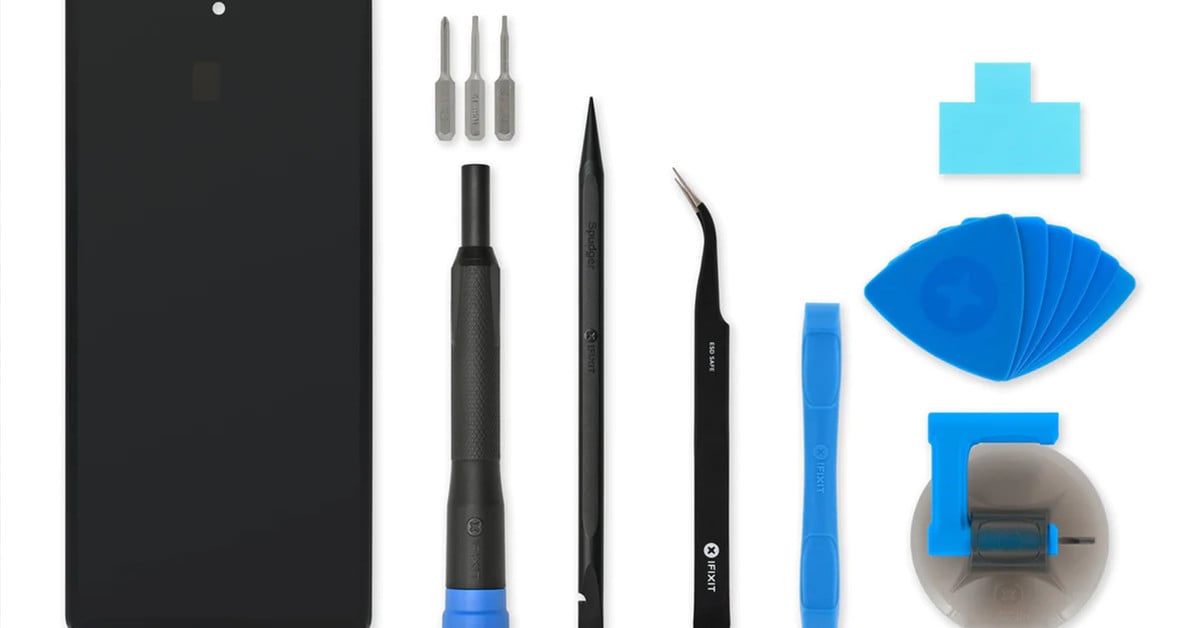The author acknowledges that, the blog post seems to be aimed at demystifying the concept of namespaces by showing that a “container runtime” that only does limited filesystem namespaces (using chroot) is enough to get some widely used containers running (of course without all the nice features and possibilities of the other types of namespaces)
- 11 Posts
- 251 Comments

 121·2 days ago
121·2 days agosaying that my legitimate copy of Windows 11 was at end of service
The screenshot says the version you use reached EoS and you need to update. There’s absolutely nothing about invalid licenses in the screenshot.
Good job for getting upvotes on a “haha winblows bad” troll post, I guess.

 27·3 days ago
27·3 days agoHowever, for most people, the 5-a-day limit might actually provide a better framework for taking high-quality images. This limit makes you think more about your shots, so it could be useful to improve. your composition, timing, and framing.
See, it’s pro-consumer. Lol

 5·4 days ago
5·4 days agoOK, so the current dev implementation seems to make accessing notifications one-handed nearly impossible? You need to reach somewhere to the left half of the upper edge to pull them down - the top right corner is already far enough from my thumb most of the time to be a bit inconvenient to pull down on.
And I hope they bring back some quick toggles to the notification screen, it would be awful to have to go to the full quick settings menu just to turn on the flashlight, lol.

 2·5 days ago
2·5 days agoIf you keep your Pixel plugged in for a few days, it will give you an option to limit charging to 80% (or maybe just turns it on on its own, not sure about that). There’s no other way to activate it currently, but that should change soon (the Adaptive Charging option will have three options instead of just on/off).

 1·7 days ago
1·7 days agodeleted by creator
As far as I was aware AMDGPU is used by default on most if not all distros
I really don’t think that’s the case, assuming you’re talking about AMDVLK (amdgpu is the kernel module used by all three Vulkan drivers - RADV, AMDVLK and the Vulkan driver from AMDGPU-PRO). Ubuntu and Fedora definitely default to RADV, and Arch Wiki recommends RADV unless you need something from the other drivers.
I noticed a performance increase after forcing RADV on NixOS so not really sure.
NixOS seems to default to RADV according to their Wiki. If this was a few years ago then maybe you might be confusing it with the ACO shader compiler for RADV? That brought a significant performance increase and eventually became the default in RADV. I remember using custom Mesa (the project that develops open source graphics drivers, like RADV and radeonsi) builds to massively reduce stuttering in DirectX games.
I personally chose RADV after looking into this myself and the only drawback from my understanding is that they are proprietary drivers.
RADV is the open-source community developed Vulkan driver. It has the widest hardware support of the three Vulkan drivers and is generally the best for gaming.
AMD provides two more Vulkan drivers - AMDVLK is the open-source one available in AMDGPU, then there’s the unnamed proprietary Vulkan driver in AMDGPU-PRO. The biggest advantage of the proprietary one is that it is certified - doesn’t matter most of the time, but when it does, a missing certification is a deal breaker.

 3·17 days ago
3·17 days agoPixels never had the SD card slot

 4·18 days ago
4·18 days agoSince the phones have water resistance, they are technically designed to work under water
Oh, so a device that offers no warranty in case of water damage (because you’re not supposed to expose it to water) can use an IP certification as a loophole to completely avoid this law? That’s not good
As @[email protected] pointed out, the author considers something as small as spawning a separate process for each window to mean a “non-native experience” (wait till they see how web browsers work)

 3·24 days ago
3·24 days agoIt’s likely the same sensor that is included in
the rest ofthe Pixel 9 Pro Fold.I see proofreading the first paragraph is too hard these days.

 10·25 days ago
10·25 days agoDon’t know about the rest, but…
Does reflashing a ROM fix it?
The phones appear to be simply dead with no response to anything. No way to connect ADB, no way to connect fastboot, nothing.
Also the bootloader allows flashing over the cable only when it’s unlocked (at least on Pixels; I couldn’t find anything relevant in the Android documentation). The vast majority of Pixels should have their bootloaders locked, and it is only possible to unlock it through the system settings, so it’s pretty safe to say that most Pixels cannot be recovered if Android fails to boot because you cannot unlock the bootloader if you can’t get into settings.

 9·26 days ago
9·26 days agoLicensing the source as GPL doesn’t really force the copyright holder (which is 100% BitWarden due to their Contributors Agreement^*, no matter who contributed the code) to do anything - they are absolutely free to release binaries built on the same codebase as proprietary software without any mention of the GPL.
For example if I write a hello world terminal program, release its source code under GPLv3 and then build it and give the built binary to you (and a permission to use it), you cannot force me to give you the source code for that build because I never gave you a GPL licensed binary.
If you were to take my GPLv3 source code and distribute a build of it however, you would have to license your binaries under GPLv3, because that’s the terms of the license I provided the source code to you under. Your users would then have the right to request the source code of those binaries from you. And if you released the build under an incompatible license, I (but not the users) could sue you for violating my license.
Their previous versions, still being under the GPL, would require them to release a change to make it usable on desktops.
License violations are usually not resolved by making the violator comply retroactively, just going forward. And it’s the copyright holder (so BitWarden themselves) who needs to force the violator to comply.
^* this is the relevant part of the CA:
By submitting a Contribution, you assign to Bitwarden all right, title, and interest in any copyright in the Contribution and you waive any rights, including any moral rights or database rights, that may affect our ownership of the copyright in the Contribution.
It is followed by a workaround license for parts of the world where copyright cannot be given up.
That depends a lot on how the license gets interpreted and how license violations are handled by the local law. The argument for why the end user cannot do anything about GPL violation is that the violated contract is between upstream and the “bad” developer - the upstream project gave the bad developer access to their source code under the condition that the license stays the same. You as the end user only get exposed to the bad developer’s license, so you can’t do anything. It’s the upstream who must force them to extend a proper license to you.
However there was also a case recently where the FSF argued that this interpretation / handling of the situation is against the spirit of GPL and I think they won, so… Yeah, it’s just unclear. Which is normal for legal texts (IMHO intentionally, but I’m not here to rag on lawyers, so I’ll leave it at that).

 33·27 days ago
33·27 days agoWhile I agree with your view (at least when it comes to firmware, especially given that hardware that doesn’t require a firmware upload on boot generally just has the very same proprietary firmware on a built-in memory, so the only difference is that you don’t get to even touch the software running on it), the point of this project is to remove non-libre components from coreboot/libreboot.
It doesn’t differentiate itself from upstream in any other way, so if it fails to do the one thing it was made to do, then that’s in fact a newsworthy fact.

 8·27 days ago
8·27 days agoTo be fair, giving a company that’s been failing to get themed icons to work on Android for almost four years now less than a month to make a significant change to a core part of their software is… quite weird?
Like, the EU usually gives companies at least half a year to comply with smaller demands than this, because companies with such a huge bureaucracy load wouldn’t even be able to change an app logo in such a short amount of time.
I don’t think it supports displaying HDR at all? The GitHub issue regarding HDR is still open and it definitely doesn’t switch to HDR mode when I open HDR photos with it.

 2·30 days ago
2·30 days agoThe hardware supported it ever since adaptive charging was introduced, so that’s not surprising.







It was removed in Android 12